[ES] Parada de cabeza - [EN] Headstand
5
About :
ESPAÑOL
Hola comunidad de @deportes
En el video de hoy, haremos un salto de inicio hacia otra de las posturas invertidas importantes: SIRSASANA o la parada de cabeza. En la publicación anterior, fuimos explorando varias posturas de cierre, teniendo como protagonista a la llamada Reina de las posturas, la parada de hombros o SARVANGASANA: Post Pasado, pues hoy les estaría compartiendo su "pareja", el Rey de las posturas. Recuerden que el video está en timelapse y que la duración real es de aproximadamente 10 minutos.
Esta práctica está realizada respetando el sistema de vinyasas (unión del movimiento con la respiración), para generar una mayor concentración en nuestra respiración, calma mental, elevación de la energía física, calor y flexibilidad.
SIRSASANA o Parada de Cabeza
Siempre al finalizar con una secuencia específica de práctica que puede estar intencionada hacia la apertura de pecho, de caderas o torsiones, podemos realizar este tipo de secuencias de cierres que nos permiten profundizar nuestra apertura de pecho (con los medio puentes y puentes completos), y finalmente realizando algunas posturas invertidas (donde el corazón está por encima de la cabeza), con fines restaurativos.
Una de las posturas más importantes del Yoga, según T. Krishnamacharya (El maestro de maestros, de nuestra era), es la postura del paro de cabeza o Shalamba Sirsasana.
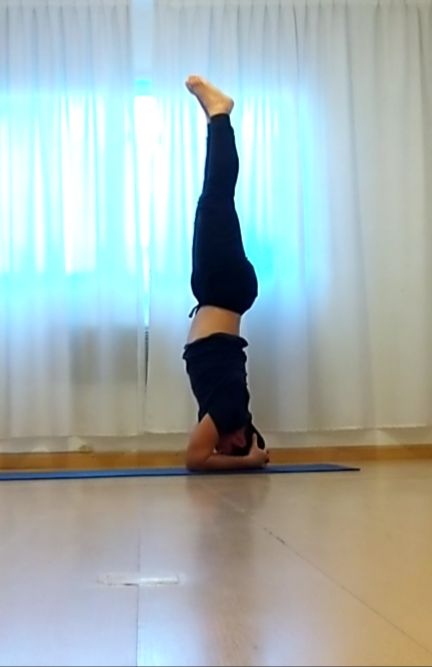
Al igual que el paro de hombres (la postura de la publicación anterior), es muy importante, pues activamos todo el cuerpo en una posición poco común, permitiendo trabajar toda la musculatura para sostenernos de cabeza. Aunque en este caso, es literalmente sobre nuestra cabeza que estamos apoyados. Todo esto, permite también que la irrigación sanguínea se dirija de vuelta hacia abajo (o hacia arriba, como prefieras verlo jeje), descansando así nuestras piernas de la actividad que realizamos previamente.
Según las escrituras, se explica que su importancia se deriva igualmente desde el punto de vista energético en su posibilidad de otorgarnos "inmortalidad" o relentizar nuestro envejecimiento, pues revierte el drenaje del amrita bindu, que según explican los textos antiguos, es la gota de la vitalidad que cae una por una desde la cabeza hacia la zona baja del cuerpo, y siendo consumida por el fuego interno (agni). Los textos explican que al consumirse por completo el amrita bindu, perdemos la vitalidad y finalmente morimos. Dentro de este contexto, las posturas invertidas nos restauran la energía al finalizar una práctica pues evita que esa gota de vitalidad sea consumida, y al contrario, regrese a su lugar de origen -la cabeza-.
Lamentablemente no todos pueden hacer estas posturas. Si padecemos de problemas cervicales, debemos realizar variaciones muy particulares para estos casos (en caso de ser así puedes consultarme y te compartiré opciones posibles). Tampoco puedes realizar estas posturas invertidas si padeces de Glaucoma o si sufres de tensión alta (general u ocular).
Espero que no sea tu caso, lo anterior, pero quiero que sepas que de ser así, nuevamente me pongo a disposición para trabajar la práctica de una manera diferente sin necesidad de hacer estas posturas y cuidar de perjudicarte con la práctica de Yoga.
Finalmente, espero que disfruten la secuencia, si quieren empezar a practicar yoga, no dudes en escribirme, quedo a la orden.
ENGLISH
In today's video, we will make a jump start into another of the important inverted postures: SIRSASANA or the headstand. In the previous post, we were exploring several closing postures, having as protagonist the so called Queen of the postures, the shoulder stand or SARVANGASANA: Past Post, well today I would be sharing with you its "partner", the King of the postures. Remember that the video is in timelapse and that the actual duration is approximately 10 minutes.
This practice is performed respecting the vinyasas system (union of the movement with the breath), to generate a greater concentration in our breathing, mental calm, elevation of the physical energy, warmth and flexibility.
SIRSASANA or Headstand
Always at the end of a specific sequence of practice that may be intended to open the chest, hips or twists, we can perform this type of sequence of closures that allow us to deepen our chest opening (with half and full bridges), and finally performing some inverted postures (where the heart is above the head), for restorative purposes.
One of the most important Yoga postures, according to T. Krishnamacharya (The teacher of teachers, of our era), is the headstand posture or Shalamba Sirsasana.

Like the men's handstand (the posture of the previous post), it is very important, because we activate the whole body in an unusual position, allowing to work all the musculature to hold us upside down. Although in this case, it is literally on our head that we are supported. All this, also allows the blood irrigation to be directed back down (or up, as you prefer to see it hehe), thus resting our legs from the activity we previously performed.
According to the scriptures, it is explained that its importance is also derived from the energetic point of view in its possibility of granting us "immortality" or slowing down our aging, as it reverses the drainage of amrita bindu, which according to the ancient texts, is the drop of vitality that falls one by one from the head to the lower part of the body, and being consumed by the internal fire (agni). The texts explain that when the amrita bindu is completely consumed, we lose vitality and eventually die. Within this context, the inverted postures restore our energy at the end of a practice because it prevents that drop of vitality from being consumed, and on the contrary, it returns to its place of origin -the head-.
Unfortunately not everyone can do these postures. If we suffer from cervical problems, we must perform very particular variations for these cases (if so, you can consult me and I will share with you possible options). You cannot do these inverted postures either if you suffer from Glaucoma or if you suffer from high blood pressure (general or ocular).
I hope this is not your case, but I want you to know that if so, I am again available to work the practice in a different way without the need to do these postures and take care of harming yourself with the practice of Yoga.
Finally, I hope you enjoy the sequence, if you want to start practicing yoga, do not hesitate to write me, I remain at your disposal.
Cuéntame un poco más:
¿Pudiste hacer esta práctica o te interesaría aprender más sobre Yoga para principiantes en mis clases Online?
Tell me a little more:
Were you able to do this practice or would you be interested in learning more about Yoga for beginners in my Online classes?

Soy Julio Cesar Arvelo, practicante y profesor de Ashtanga Yoga y Meditación.
Si te gustó esta publicación y quieres seguir leyéndome, te invito a seguirme.
Todas las imágenes han sido tomadas desde mi cámara o creadas por mi, en Canva.com. El video ha sido editado a través de la aplicación móvil: Inshot y la música es tomada de sus muestras gratuitas.
Mi redes sociales:

Tags :
Their limit for today is $0!
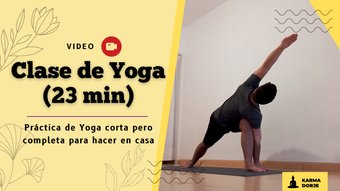
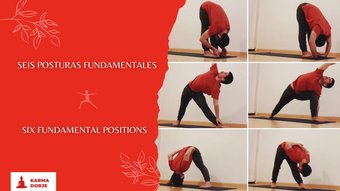
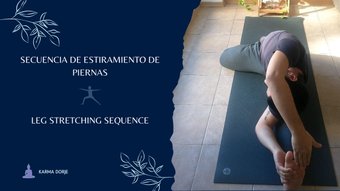

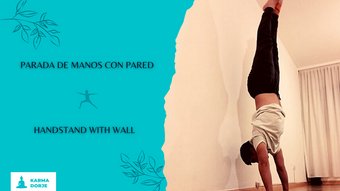

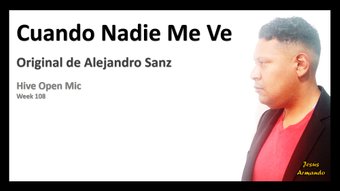


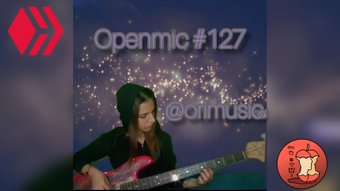

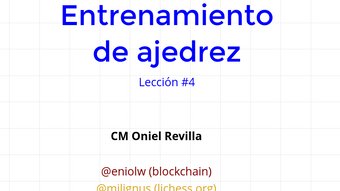


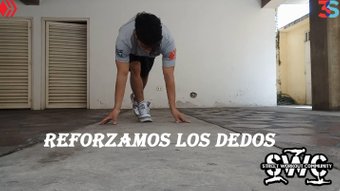


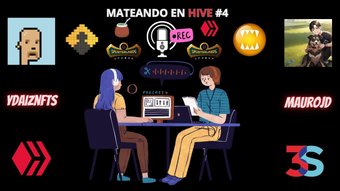

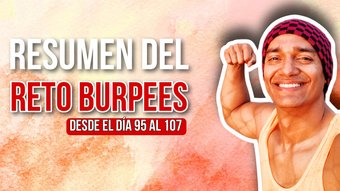
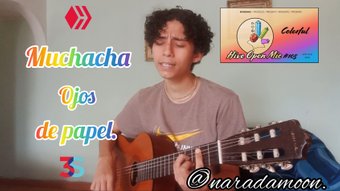

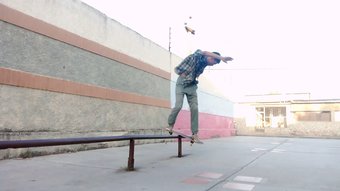
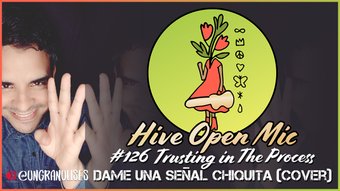




Comments:
Reply:
To comment on this video please connect a HIVE account to your profile: Connect HIVE Account